Have you ever imagined having your own miniature ocean right in your living room? Picture a beautiful underwater landscape filled with colorful corals and tiny fish swimming around. It’s like having your own little piece of the sea! This idea is what we call a reef tank, and it can be a truly amazing sight.
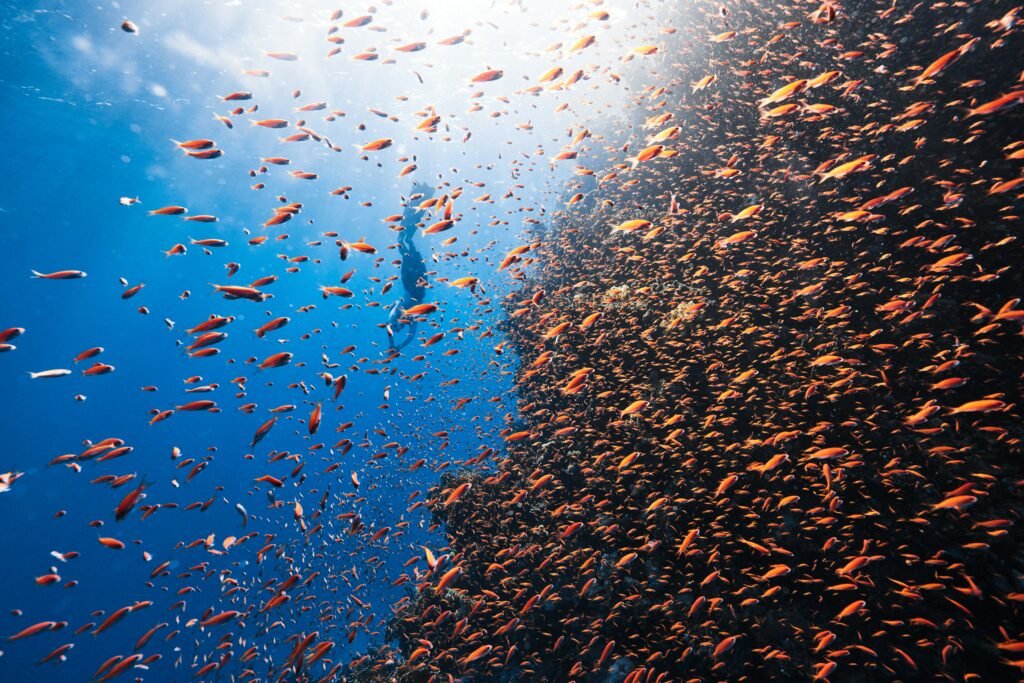
Overview
An aquascaping reef tank is a special kind of aquarium where people create beautiful underwater scenes, using corals, rocks, and other marine life. It’s not just about putting fish in a tank; it’s like building a magical underwater world. Why is this important, you ask? Well, having a reef tank doesn’t just look incredibly cool; it can also help you learn about marine life and maybe even help conserve it.
Thesis Statement
Designing the perfect aquascaping reef tank involves creativity, science, and a lot of care. This article will guide you through every step to make sure your underwater masterpiece thrives, making use of the best techniques and trends in the field.
Historical Context
Reef tanks didn’t always exist. People have been keeping aquariums for hundreds of years, but for most of that time, they were simple and didn’t usually have corals or other sensitive marine life. The technology and knowledge needed to keep those creatures alive have only been around for a few decades. And now, more than ever, people are interested in building these little ocean worlds at home.
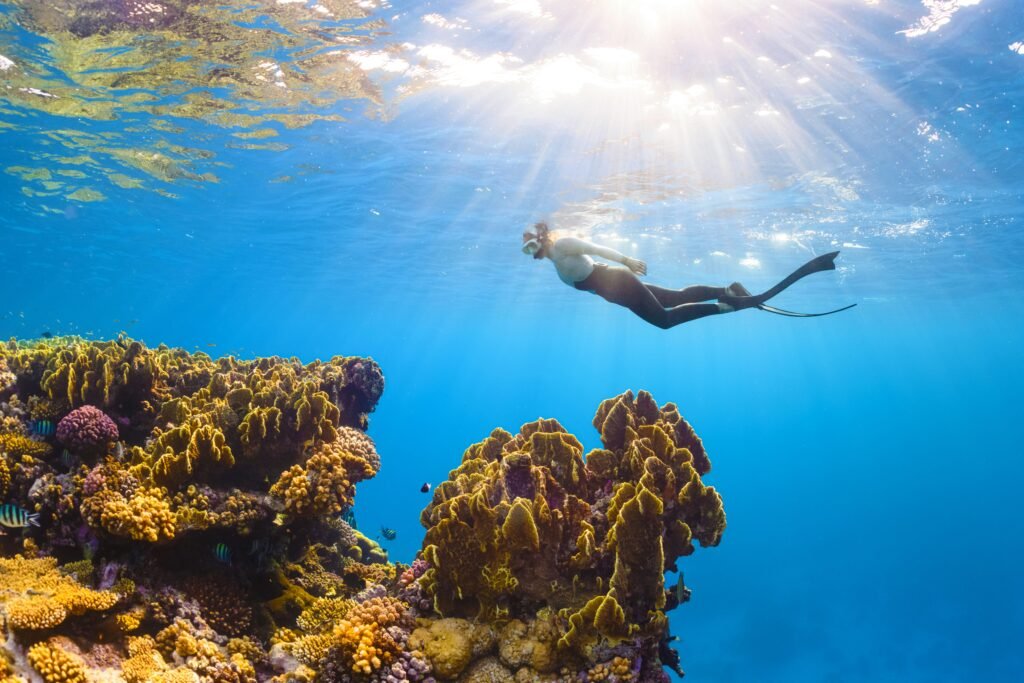
Current Trends
A lot has changed over the years, and now there are many cool trends in aquascaping reef tanks. Some people are creating biotope tanks that mimic specific parts of the ocean, like a coral reef in the Red Sea or a kelp forest in California. Others are using special lighting to make the corals glow in amazing neon colors. New technology like automatic feeders and water quality monitors are also making it easier than ever to keep a reef tank.
Key Concepts and Definitions
Before we go deeper, let’s make sure we understand some important words:
- Aquascaping: The art of arranging plants, rocks, and decorations in an aquarium.
- Reef Tank: A special type of aquarium that focuses on marine life, especially corals.
- Biotope Tank: An aquarium designed to mimic a specific natural habitat.
- Corals: Marine animals that often live in large colonies and form reefs.
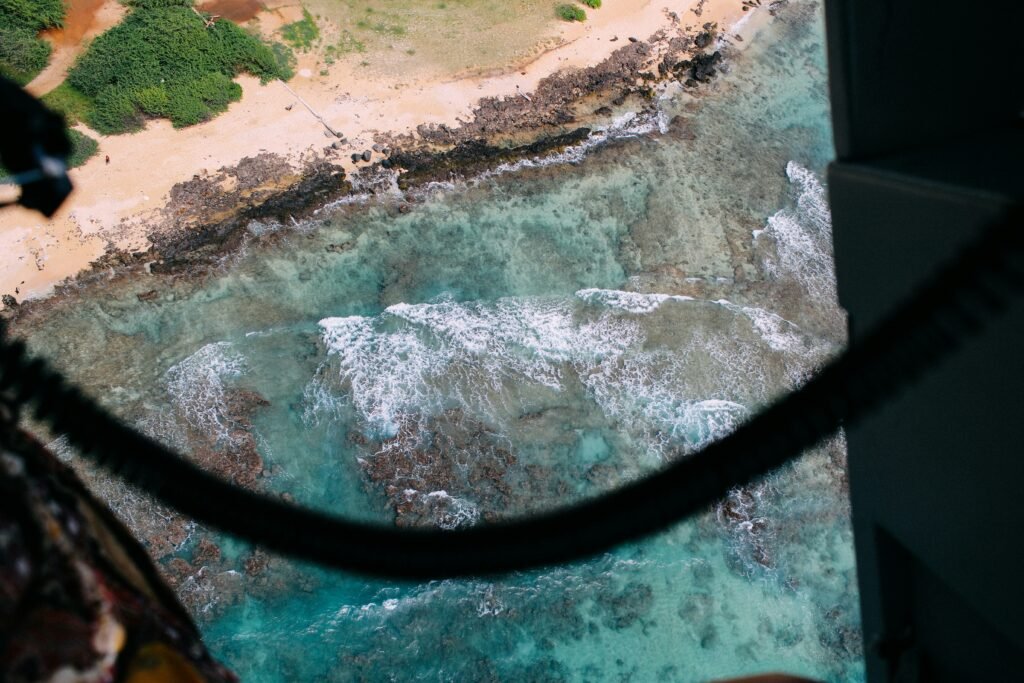
Detailed Exploration
Now, let’s explore how you can build and maintain your own perfect aquascaping reef tank. We will break it down step-by-step so you can follow along easily.
Choosing the Right Tank
The first thing you need is the right tank. Tanks come in all shapes and sizes, but for a reef tank, you should choose one that’s at least 30 gallons. Bigger tanks are often easier to maintain because the water conditions stay more stable.
| Tank Size (Gallons) | Suitable For |
|---|---|
| 10-20 | Small fish, some corals |
| 30-50 | Fish, multiple corals |
| 50+ | Fish, diverse corals |
Setting Up the Tank
Once you have your tank, you need to set it up correctly. Here’s what you’ll need:
- Substrate: This is the material that goes at the bottom of the tank. Sand is a popular choice for reef tanks.
- Live Rock: These are special rocks that have beneficial bacteria on them, which help keep the water clean.
- Water: You can’t just use tap water. You need to use saltwater, which you can either buy or make using a salt mix.
Lighting and Filtration
Lighting is super important for a reef tank because corals need light to grow. Special LED lights that mimic sunlight work best. You’ll also need a good filtration system to keep the water clean. A protein skimmer is especially useful for removing waste.
Choosing Your Coral and Fish
Now comes the fun part: picking your coral and fish! There are many types of coral, each with its own colors and shapes. Some popular choices include:
- Soft Corals: Easy to care for, great for beginners.
- LPS Corals (Large Polyp Stony Corals): Have large, fleshy polyps.
- SPS Corals (Small Polyp Stony Corals): More challenging to care for but very beautiful.
Maintaining Your Reef Tank
Keeping your reef tank healthy is an ongoing task. You need to check the water quality regularly using test kits. A few key parameters to keep an eye on include:
| Parameter | Ideal Range |
|---|---|
| Temperature | 76-80°F (24-27°C) |
| Salinity | 1.023-1.025 specific gravity |
| pH | 8.1-8.4 |
| Nitrate Levels | Less than 5 ppm |
Example 1: A Model Reef Tank
Let’s look at an example of a well-maintained reef tank to give you an idea of what yours might look like. Imagine a 50-gallon tank with soft corals, a pair of clownfish, and a few shrimp. The tank has strong LED lights, a protein skimmer, and live rock. The water parameters are checked weekly, and small water changes are made every two weeks. The corals are thriving, and the fish are healthy.
Example 2: Overcoming Challenges
Managing a reef tank can be tricky, and sometimes things go wrong. For instance, let’s say you notice your corals are not looking as colorful. This could be due to poor lighting, incorrect water parameters, or even lack of nutrients. If this happens, the first step is to check the water quality. Make sure all the parameters are within the ideal range. If everything looks good, then check your lighting schedule. Maybe you need to adjust it or upgrade your lights.
Comparison of Different Perspectives
There are many ways to build and maintain a reef tank, and different people have different opinions. Some prefer a minimalist look with just a few choice corals and lots of open space. Others go for a “jungle” look with as many corals and fish as the tank can hold. Each approach has its pros and cons. A minimalist tank is easier to maintain but may not look as impressive. A dense tank looks amazing but requires more work.
| Type | Pros | Cons |
|---|---|---|
| Minimalist | Easier to maintain | Less visually impressive |
| Densely Populated | More visually impressive | Harder to maintain |
Impact Assessment
Different approaches to setting up your reef tank will impact not just the look, but also the health and longevity of your marine life. For example, a densely populated tank may look spectacular but could lead to issues like poor water quality and stressed animals. On the other hand, a minimalist tank will usually be healthier and easier to manage but might not offer the same visual delight.
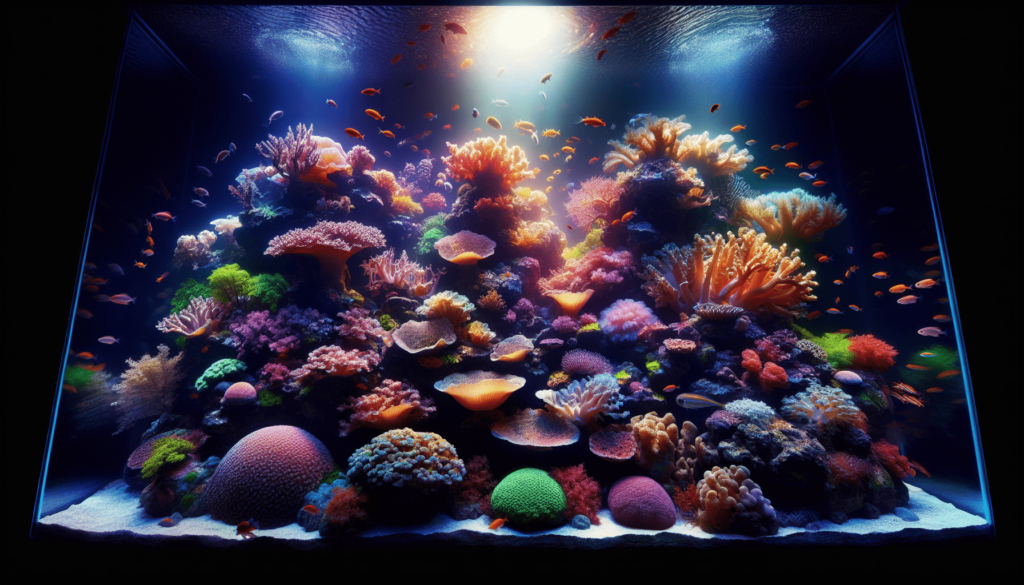
Future Directions and Implications
Predictions
What’s the future of reef tanks? One trend is the increasing use of technology, like automated feeding systems and water quality monitors. We might even see artificial intelligence being used to help manage tanks.
Implications
The rise in popularity of reef tanks has wider implications. It can promote awareness about marine conservation. People who care for reef tanks often become more engaged in efforts to protect natural coral reefs, which are under threat from pollution and climate change.
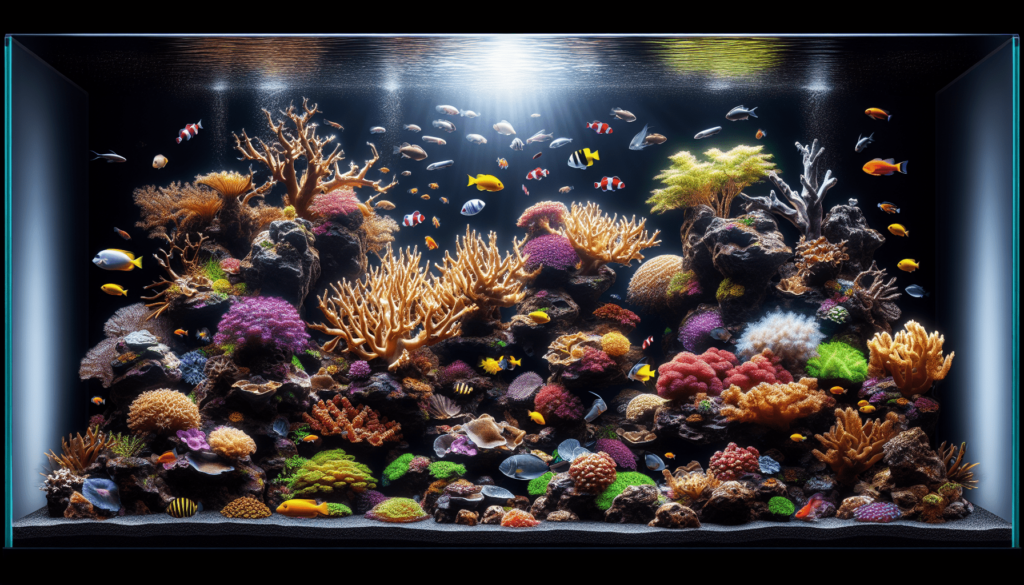
Conclusion
Recap
To sum it all up, designing the perfect aquascaping reef tank involves choosing the right tank, setting it up properly, selecting suitable corals and fish, and maintaining it diligently. It’s a mix of science and art, but with the right care and attention, your reef tank can become a beautiful underwater paradise.
Final Thought
Isn’t it incredible that you can create and maintain your own tiny ocean at home? The journey might be challenging, but the reward — a thriving, colorful reef tank — is truly worth it. So, are you ready to start your own underwater adventure?
Engagement
Feel free to ask questions, share your experiences, or look for additional resources to help you on your reef tank journey. There’s always something new to learn in this amazing hobby!
Credible Sources
If you want to dive deeper (oops, sorry!), check out these excellent resources:
- “The Reef Aquarium” by Julian Sprung and Charles Delbeek
- “Aquarium Corals” by Eric H. Borneman
- Websites like Reef Central and Marine Depot
Creating a reef tank can be a fantastic and rewarding project. Enjoy the process and happy aquascaping!



